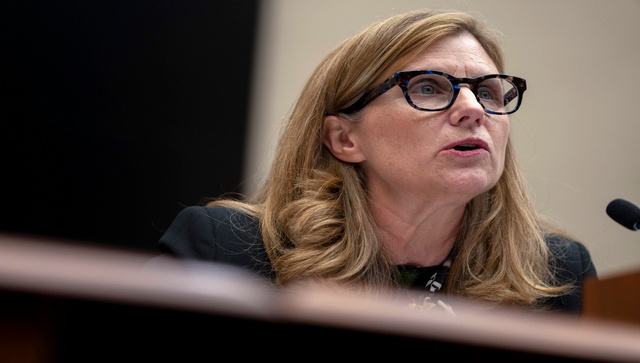Scientists at the Massachusetts Institute of Technology (MIT) have created a new form of matter in the lab with apparently contradictory properties. Known as a super-solid, the matter exhibits a solid structure typically characteristic of solids, but can also flow without viscosity, like a superfluid does. The researchers will report their findings this week in the science journal, Nature.
The researchers managed to coax a superfluid gas known as a Bose-Einstein Condensate into the new form of matter called a supersolid by using lasers to manipulate the matter. The discovery of the contradictory state of matter can potentially have implications in superconductors, computing and low energy transport. The findings also have the possibility of yielding new information on superfluids.
Team leader Wolfgang Ketterle, the John D. MacArthur Professor of Physics at MIT says, “It is counterintuitive to have a material which combines superfluidity and solidity. If your coffee was superfluid and you stirred it, it would continue to spin around forever.” The supersolids had been predicted to exist theoretically, but had not been observed in real lab conditions. As of now, the researchers have managed to create the exotic form of matter only in very cool temperatures in the laboratory. Detailed information about the finding can be found on the MIT web site .
Recently, Berkely researchers created a theoretical form of matter known as time crystals . In crystals, the atomic structures of the matter repeat in regular intervals of space. In time crystals, the atomic structures periodically repeat in regular intervals of time.
)
)
)
)
)